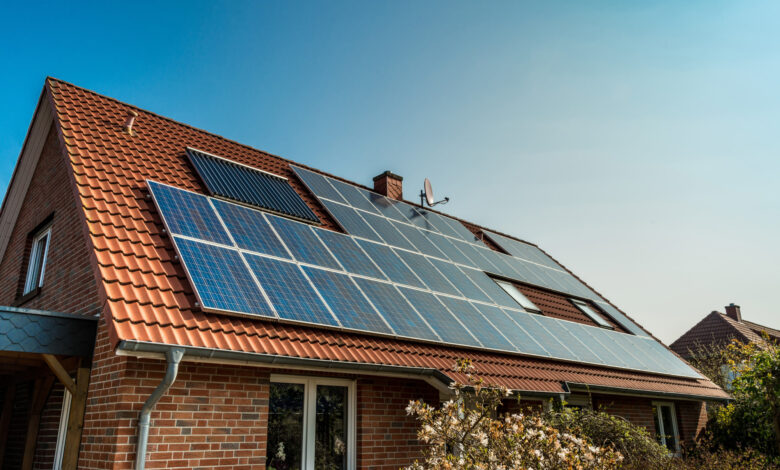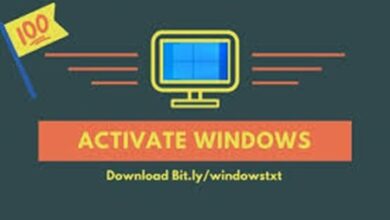Solar Financing Options In 2022

Solar power in the U.S. has reached 121.4 gigawatts of capacity in 2021. It’s enough to power 23.3 million American homes.
With the initiative of states and local governments, we’re getting closer to the goal of using 100% renewable energy. Households are taking part by installing solar panel systems to save money.
However, a system costs thousands of dollars. The good news is you have various solar financing options to afford it. Read on to find out what’s available for you.
Cash
If you want the most straightforward way of solar panel financing, use cash. It has the highest initial cost, but the benefits are clear.
If you pay straight cash, you avoid high interest and loan fees. You need not have a qualifying credit score for a loan. You’ll get a faster return on investment, and you can enjoy the savings from the get-go.
Loan
The most common way to afford solar panels is through loans. You pay a monthly fee for the system, replacing a part, or your whole electric bill. metal rocking chair
Many offer zero-down solar financing options, so you don’t have to pay out-of-pocket. You can get them via:
- Banks
- Credit unions
- Solar installers
- Solar financing companies
You can either get a personal or home equity loan. Government loans are available, as well, to help homeowners upgrade to green energy.
Consider looking into residential property assessed clean energy loans. These relate to your property, allowing you to pay them as part of your property taxes.
Lease or Power Purchase Agreement
Can’t get a loan? Consider this solar financing option instead.
Getting a lease allows you to enjoy the benefits of going solar without buying the system. Instead, you pay a fixed monthly fee to the provider, which is still less than your electric bills.
Its main advantage is that you don’t have to worry about maintenance. The provider is responsible for it, ensuring it’s always in optimal condition.
Some homeowners choose the power purchase agreement. It’s an option that allows you to buy the energy generated by the solar panel system instead. The rate per kilowatt-hour is usually cheaper than that of a utility provider.
Incentives
The federal and state government offers various incentives for going green. If you install solar panels by December 31, 2022, you qualify for a 26% tax credit.
You can also ask your local government if they provide discounts and rebates. Utility providers often have some offers, as well.
These incentives have an expiration date, so it’s best to take the offers as soon as possible. The federal solar tax credit, for example, gets reduced to 22% in 2023. If Congress doesn’t extend it, it expires by 2024.
Learn More About Your Solar Financing Options
With the variety of solar financing options available, there are fewer reasons not to install a system. You can enjoy going green sooner while contributing to a healthier environment.
Review these options for financing the solar installation to see what’s best for you. To learn more, check out our other posts today.





